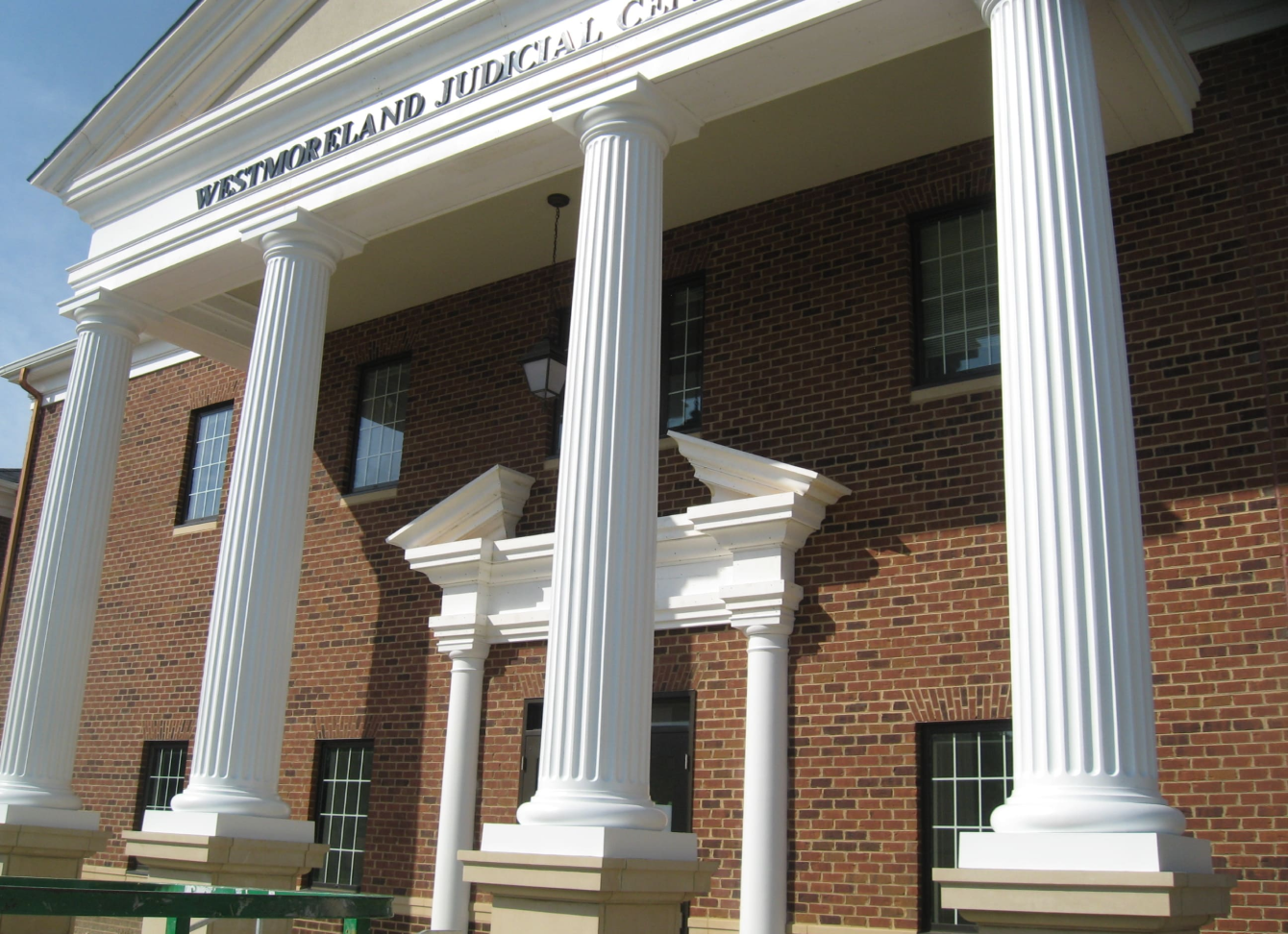How to Tell When to Replace Very Old Aluminum Railings
Aluminum railings have been popular for more than a few decades now as one of the most lightweight, sturdy, and slender options for safety railing on the market. Aluminum is resistant to decay, takes well to paint, and you can build just about anything with it. Aluminum is especially wall-suited for indoor-outdoor features that need very little maintenance. However, over time an older aluminum fence can start to show it's age.
Whether you are dealing with a home that has aluminum fencing or a business with sleek aluminum bordering every balcony and walkway on the premises, aluminum fences can serve well for many years. But eventually, they can wear out. Especially the older models that were painted rather than powder-coated. Eventually, they need more attention than a quick swipe with the garden hose and, by that point, it's about time to replace them with the upgraded latest improvement on aluminum railing technology.
But how do you know when a railing has becomes too old to keep on hosing down and carrying on? That's what we're here to dive into today.
The Railing Wobbles More Than Tightening Can Account For
One of the biggest signs that your old aluminum railing is no longer performing up to snuff is a distinct wobble. Now, aluminum railings can still be safe even if the panels are wobbling a little. However, the questions are what it takes to fix that wobble, if it can be fixed, and how long until the old fence is no longer safe.
If you can tighten the half-hidden bolts that hold the railing in place and that stops the wobble, then your problem was loose bolts and you may eventually need nuts or a adhesives to keep the wobble from happening again.
But if your fence is wobbling and you cannot find a cure in the bolts nearby, this is a bad sign. A wobble within an otherwise stable item can mean that the bolt holes have stripped out, meaning you will not be able to screw them tight and secure once more. It can also mean that aluminum corrosion has eaten away at the bolt holes, making the problem even worse and less safe for use.
The Paint is Chipping and Corrosion Can Be Seen underneath
Another major problem with older aluminum railings is that paint was once the go-to solution for coloring railings whatever hue was needed by the homeowner or business owner. Paint has its merits and it can seal in an aluminum rail to prevent corrosion. However, it also has a notorious problem on metal fences: It chips.
Paint chips are dangerous to children and pets, a nuisance for cleaning, and a very bad sign for the state of your existing fences. Once the paint starts to fall off, the metal interior is exposed to the elements which can result in corrosion. And once the aluminum is corroded, you can't trust it to remain stable for family or guests.
Fence Bars Are Coming Loose from the Fence Structure
Finally, you must watch out for individual fence bars that have begun to come loose. This is not something that should ever happen, as aluminum fencing is usually made in welded panels. If individual bars are coming loose then there are serious health and safety concerns in this area. First, anyone who touches the edge of a broken or breaking-away bar can cut themselves and get a bad infection. Second, every bar inside an aluminum fence design is necessary for stability. If the fence has begun to come apart at the seams, literally, then it's time to replace it with a new much-improved model.
The Right New Aluminum Fencing for the Job
The best thing you can do when your old aluminum fencing has gone bust is to quickly install new aluminum fencing in its place. Look for fencing using cutting-edge alloys and powder coating instead of paint as we use here at Worthington Millwork. Our team would be happy to help you find exactly the right replacement aluminum fences so that you won't have to worry about your fences for another ten years at least. For more great insights into railing and how to choose what's best for your home, contact us today!

